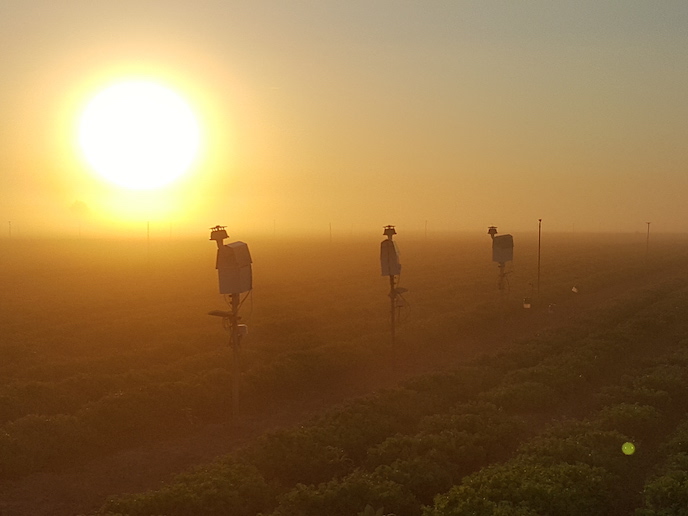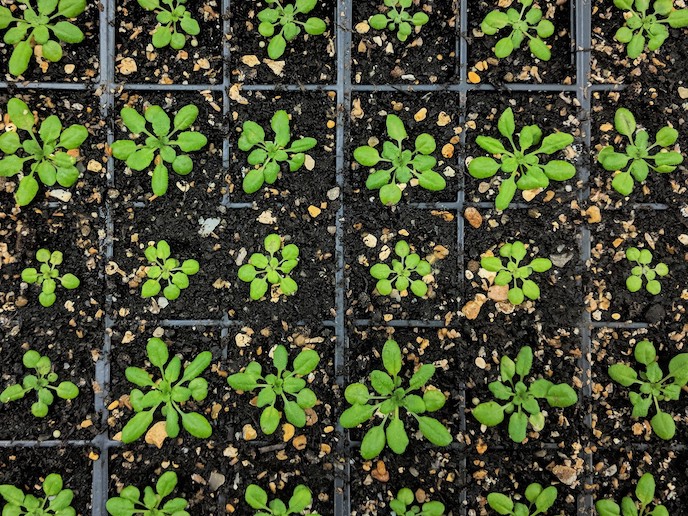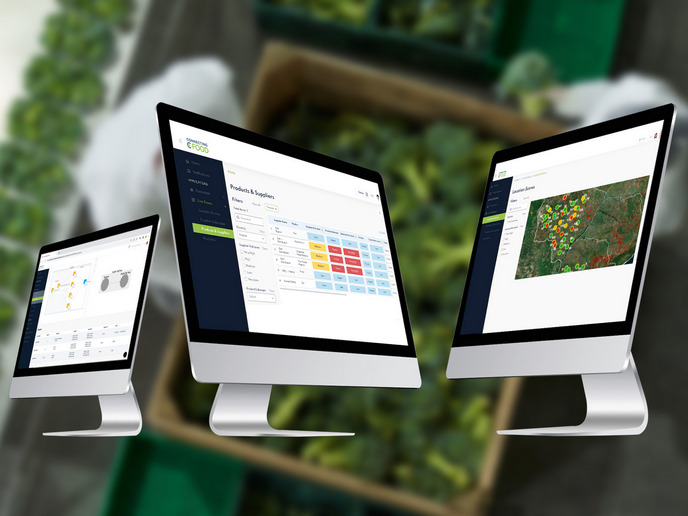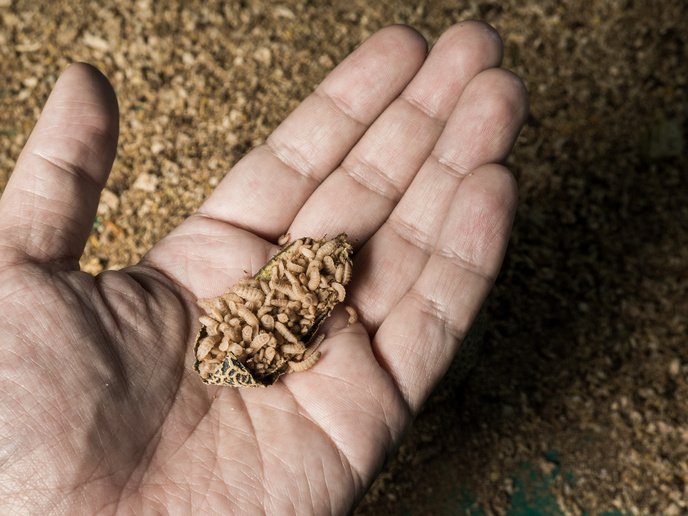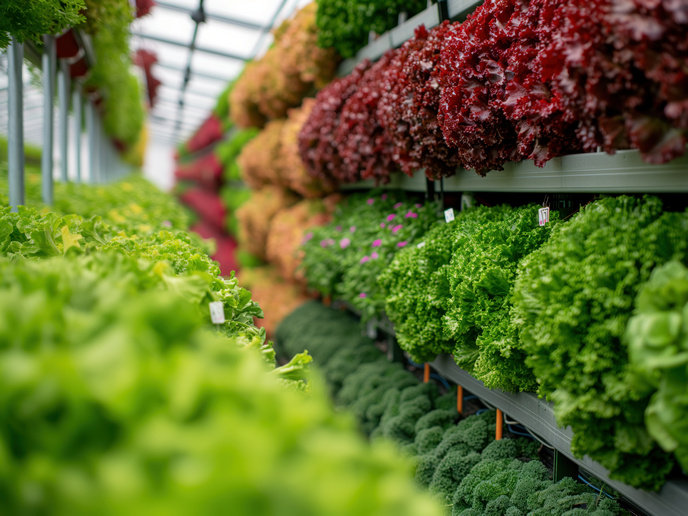Optimising crop protection with a smart pest monitoring solution
Agricultural pest control typically involves manually inspecting traps, recording the number of catches and reporting this to a crop expert for advice. To reduce the cost of this travel and labour-intensive approach (also prone to human error), it is typically performed only weekly. This method was developed decades ago, when crop protection was dominated by broad spectrum insecticides, with negative environmental impacts. Farmers need a more targeted, evidence-based and timely approach. The EU-funded Trapview solution allows growers to remotely monitor pest insects caught in pheromone traps. The growers are also alerted in real-time when insecticide spraying is needed, based on the high number of pests detected. The smart monitoring trap Trapview’s traps, which can self-clean, thus ensuring high catching efficiency and consequently high data quality, send images to the cloud at least daily. These images are processed then analysed by machine learning to identify each of the insects pictured. To ensure accuracy, the team had trained the AI neural networks by introducing tens of thousands of images of positively identified target pests. As project coordinator Mr Matej Štefančič explains, “Even though our traps give us reliable data, interpretation is difficult, as is finding patterns for predictions. This is where machine learning comes into play, using historical data combined with data from multiple sources.” Pest identification is denoted by a label around the targeted insect, with a corresponding ‘trust’ level percentage, indicating identification certainty. Users only see those above certain thresholds. The Trapview model then combines daily information extracted from the insect images, with local weather data, historical trends and forecasting, to predict pest dynamics. “This approach is highly efficient, with over 90 % identification accuracy, better on average than human. Additionally, forecasting accuracy was over 80 %, better than anything else on the market,” Štefančič says. “Considering our model actually integrates the results of crop protection during the season, forecasting gives us a key competitive advantage.” Usage in the Mediterranean basin, as well as elsewhere (e.g. Australia and the United States), also revealed that placing a lower density of the devices in a network/grid provided better understanding of pest insect populations in specific areas, than a larger number in a single place. Widespread adoption for food safety and sustainability For food to be safer insecticide residues have to be decreased, resulting in healthier food and reduced insecticide resistance. And crop protection based on informed and timely decisions, avoiding spraying that is calendar or ‘rule of thumb’ based, helps meet regulatory standards. Trapview also saves customers travel and labour costs, while crucially helping produce higher yields with better quality crops. To date Trapview has thousands of automated traps successfully deployed in over 40 countries on 6 continents. The team are now focused on key markets and crops with the highest chance of widespread adoption. They will also further develop the technology to include: predictive services for additional pests, efficient monitoring of multiple pests simultaneously, expansion of the image recognition and processing AI for a wider range of pests and even higher accuracy. “We are leaders in our field, with a very clear path forward to retain this position. We want to introduce Trapview technology into most plant-based food production to improve people’s lives and environment,” says Štefančič.



